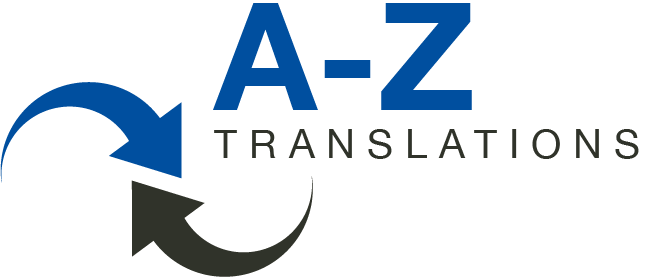One of the subjects I teach is sight translation. During their last year, translation students have two hours of this per week, one for each direction (German – English and English – German), mainly because it is also part of the oral exam, where they have to sight translate one general and one business text in both directions (which one goes in which direction is a surprise – ha!).
But of course, the real question is: Why is it part of the oral exam at all? It is not easy to do, and often the reason why students fail their exams. So, needless to say, it is also not a favorite subject, particularly into English. But they have to do it.
I came across an article on the blog of Translation Excellence about this giving a good explanation of what it is and why it is important:
Sight Translation and its Pros and Cons
Users
of language service agencies are more and more in need of sight
translation. Sight translation refers to the process of reading a
document or piece of writing in the original language, and translating
it out loud in the target language. It is an option for business or
other professionals to receive or convey the meaning of certain writings
on a short notice. It is mostly, though not exclusively, used in
courtrooms, hospitals and conference rooms. Deposition transcripts,
agreements and prescription forms are among the documents that are sight
translated the most in these situations
Sight translation is a quicker way of translating, especially when an
interpreter is already on site for an assignment. It helps both the
client and the professional tremendously, and is incredibly demanding
for the interpreter, as it is a combination of both translation and
interpretation. When done right, it can potentially be very helpful. But
as it is not yet its own profession, not all translators and
interpreters are capable of doing this, as both these professions value
different aspects of languages.
In situations where sight translation could be valuable (courtrooms,
hospitals), accuracy greatly outweighs speed. Since the accuracy of the
language also comes from intonation, emotion and gestures, an
interpreter who is stripped of these resources might feel a bit lost
when it comes to sight translation. Furthermore, they might not be as
capable of reading the language as quickly, especially for some of the
character based Asian languages, since it uses a completely different
writing system than most Western languages. By the same logic, a
translator might not be as capable of speaking the language, as
translation only deals with proper grammar and accuracy on paper instead
of in conversation. A translator might have trouble with the
pronunciation of the language.
The amalgamation of these two fields presents a challenge even for
translation and interpretation professionals. Both professions require
different skill sets, and only by truly mastering the original and
target languages can a translator or interpreter combine his/her skills
in both these fields well enough to become a good sight translator.
